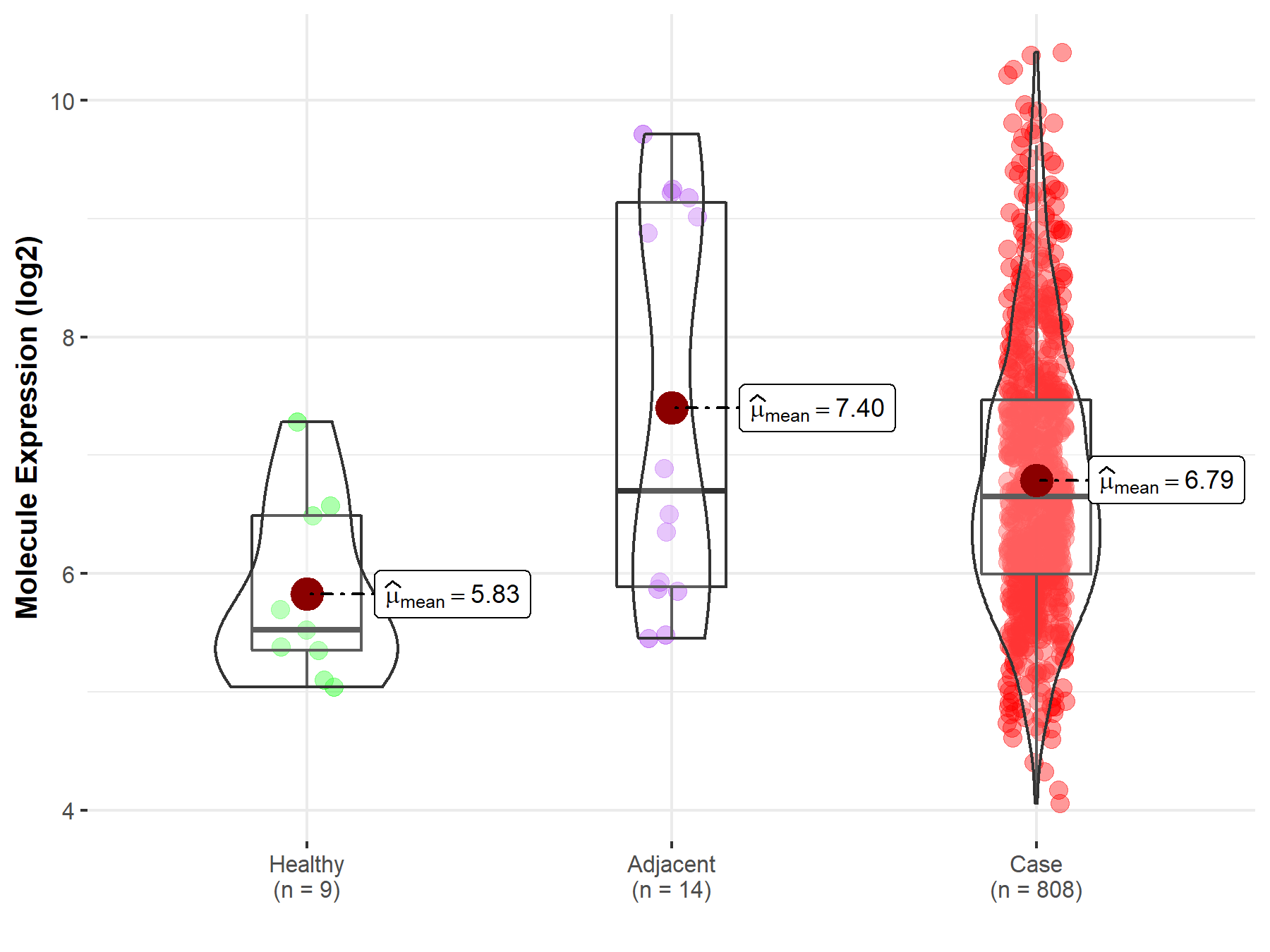Molecule Information
General Information of the Molecule (ID: Mol00021)
| Name |
Copper-transporting ATPase 2 (ATP7B)
,Homo sapiens
|
||||
|---|---|---|---|---|---|
| Synonyms |
Copper pump 2; Wilson disease-associated protein; PWD; WC1; WND
Click to Show/Hide
|
||||
| Molecule Type |
Protein
|
||||
| Gene Name |
ATP7B
|
||||
| Gene ID | |||||
| Location |
chr13:51930436-52012125[-]
|
||||
| Sequence |
MPEQERQITAREGASRKILSKLSLPTRAWEPAMKKSFAFDNVGYEGGLDGLGPSSQVATS
TVRILGMTCQSCVKSIEDRISNLKGIISMKVSLEQGSATVKYVPSVVCLQQVCHQIGDMG FEASIAEGKAASWPSRSLPAQEAVVKLRVEGMTCQSCVSSIEGKVRKLQGVVRVKVSLSN QEAVITYQPYLIQPEDLRDHVNDMGFEAAIKSKVAPLSLGPIDIERLQSTNPKRPLSSAN QNFNNSETLGHQGSHVVTLQLRIDGMHCKSCVLNIEENIGQLLGVQSIQVSLENKTAQVK YDPSCTSPVALQRAIEALPPGNFKVSLPDGAEGSGTDHRSSSSHSPGSPPRNQVQGTCST TLIAIAGMTCASCVHSIEGMISQLEGVQQISVSLAEGTATVLYNPSVISPEELRAAIEDM GFEASVVSESCSTNPLGNHSAGNSMVQTTDGTPTSVQEVAPHTGRLPANHAPDILAKSPQ STRAVAPQKCFLQIKGMTCASCVSNIERNLQKEAGVLSVLVALMAGKAEIKYDPEVIQPL EIAQFIQDLGFEAAVMEDYAGSDGNIELTITGMTCASCVHNIESKLTRTNGITYASVALA TSKALVKFDPEIIGPRDIIKIIEEIGFHASLAQRNPNAHHLDHKMEIKQWKKSFLCSLVF GIPVMALMIYMLIPSNEPHQSMVLDHNIIPGLSILNLIFFILCTFVQLLGGWYFYVQAYK SLRHRSANMDVLIVLATSIAYVYSLVILVVAVAEKAERSPVTFFDTPPMLFVFIALGRWL EHLAKSKTSEALAKLMSLQATEATVVTLGEDNLIIREEQVPMELVQRGDIVKVVPGGKFP VDGKVLEGNTMADESLITGEAMPVTKKPGSTVIAGSINAHGSVLIKATHVGNDTTLAQIV KLVEEAQMSKAPIQQLADRFSGYFVPFIIIMSTLTLVVWIVIGFIDFGVVQRYFPNPNKH ISQTEVIIRFAFQTSITVLCIACPCSLGLATPTAVMVGTGVAAQNGILIKGGKPLEMAHK IKTVMFDKTGTITHGVPRVMRVLLLGDVATLPLRKVLAVVGTAEASSEHPLGVAVTKYCK EELGTETLGYCTDFQAVPGCGIGCKVSNVEGILAHSERPLSAPASHLNEAGSLPAEKDAV PQTFSVLIGNREWLRRNGLTISSDVSDAMTDHEMKGQTAILVAIDGVLCGMIAIADAVKQ EAALAVHTLQSMGVDVVLITGDNRKTARAIATQVGINKVFAEVLPSHKVAKVQELQNKGK KVAMVGDGVNDSPALAQADMGVAIGTGTDVAIEAADVVLIRNDLLDVVASIHLSKRTVRR IRINLVLALIYNLVGIPIAAGVFMPIGIVLQPWMGSAAMAASSVSVVLSSLQLKCYKKPD LERYEAQAHGHMKPLTASQVSVHIGMDDRWRDSPRATPWDQVSYVSQVSLSSLTSDKPSR HSAAADDDGDKWSLLLNGRDEEQYI Click to Show/Hide
|
||||
| Function |
Copper ion transmembrane transporter involved in the export of copper out of the cells. It is involved in copper homeostasis in the liver, where it ensures the efflux of copper from hepatocytes into the bile in response to copper overload.
Click to Show/Hide
|
||||
| Uniprot ID | |||||
| Ensembl ID | |||||
| HGNC ID | |||||
| Click to Show/Hide the Complete Species Lineage | |||||
Type(s) of Resistant Mechanism of This Molecule
Drug Resistance Data Categorized by Drug
Approved Drug(s)
1 drug(s) in total
| Drug Sensitivity Data Categorized by Their Corresponding Mechanisms | ||||
|
|
||||
| Disease Class: Ovarian cancer | [1] | |||
| Sensitive Disease | Ovarian cancer [ICD-11: 2C73.0] | |||
| Sensitive Drug | Cisplatin | |||
| Molecule Alteration | Expression | Down-regulation |
||
| Experimental Note | Revealed Based on the Cell Line Data | |||
| Cell Pathway Regulation | Cell viability | Inhibition | hsa05200 | |
| In Vitro Model | CAOV3 cells | Ovary | Homo sapiens (Human) | CVCL_0201 |
| SNU119 cells | Ovary | Homo sapiens (Human) | CVCL_5014 | |
| Experiment for Molecule Alteration |
Western blot analysis | |||
| Experiment for Drug Resistance |
MTT assay | |||
| Mechanism Description | The expression of ATP7A/B was up-regulated in cisplatin-resistant ovarian cancer cell lines; miR-139 inversely regulates ATP7A/B expression through direct targeting, and affects ovarian cancer chemoresistance through regulation of ATP7A/B. | |||
| Disease Class: Laryngeal carcinoma | [2] | |||
| Sensitive Disease | Laryngeal carcinoma [ICD-11: 2C23.2] | |||
| Sensitive Drug | Cisplatin | |||
| Molecule Alteration | Expression | Down-regulation |
||
| Experimental Note | Revealed Based on the Cell Line Data | |||
| Cell Pathway Regulation | Cell proliferation | Inhibition | hsa05200 | |
| In Vitro Model | HEp-2 cells | Skin | Homo sapiens (Human) | CVCL_1906 |
| NP69 cells | Nasopharynx | Homo sapiens (Human) | CVCL_F755 | |
| In Vivo Model | Nude mouse xenograft model | Mus musculus | ||
| Experiment for Molecule Alteration |
Western blot analysis | |||
| Experiment for Drug Resistance |
CCK8 assay | |||
| Mechanism Description | Hep-2v cells persistently express high levels of ATP7B, and cisplatin treatment stimulates increased ATP7B expression of ATP7B in these cells. ATP7B contributes to the removal of intracellular cisplatin to the extracellular space, thereby promoting cell survival. However, ATP7B expression was significantly decreased following exogenous expression of miR-133a. Reduced levels of ATP7B likely impaired the transportation of cisplatin to the extracellular space, thereby increasing the sensitivity of Hep-2v cells to cisplatin. | |||
Disease- and Tissue-specific Abundances of This Molecule
ICD Disease Classification 02

| Differential expression of molecule in resistant diseases | ||
| The Studied Tissue | Ovary | |
| The Specified Disease | Ovarian cancer | |
| The Expression Level of Disease Section Compare with the Healthy Individual Tissue | p-value: 5.55E-03; Fold-change: 1.13E+00; Z-score: 1.46E+00 | |
| The Expression Level of Disease Section Compare with the Adjacent Tissue | p-value: 1.99E-01; Fold-change: -4.60E-02; Z-score: -2.74E-02 | |
|
Molecule expression in the normal tissue adjacent to the diseased tissue of patients
Molecule expression in the diseased tissue of patients
Molecule expression in the normal tissue of healthy individuals
|
||
| Disease-specific Molecule Abundances |

|
Click to View the Clearer Original Diagram |
Tissue-specific Molecule Abundances in Healthy Individuals


|
||
References
If you find any error in data or bug in web service, please kindly report it to Dr. Sun and Dr. Zhang.
